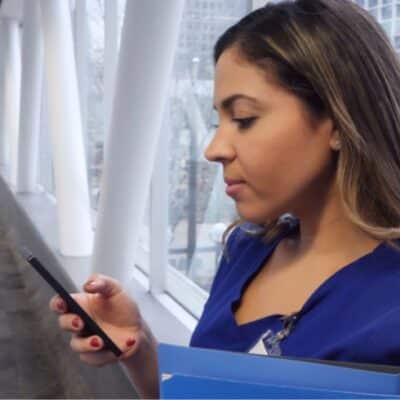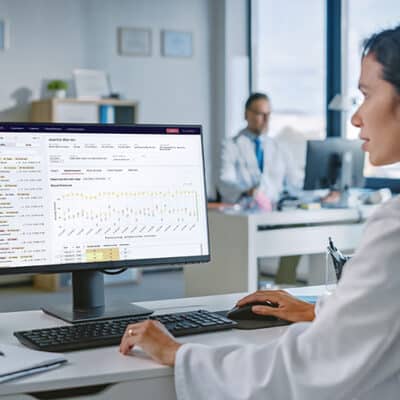Remote patient monitoring (RPM) is a proven technology to help drive better outcomes and reduce costs among our aging senior population, many who live with chronic diseases. However, despite payers’ willingness to reimburse RPM, there are some very real obstacles that could potentially hinder adoption. A recent MedCityNews article written by Fawad Butt, 100Plus advisor and former senior leader at UnitedHealthcare and Optum, discusses a few of these potential barriers and how the right RPM solutions can address them.
The four obstacles include:
- Doctors are not equipped to purchase, set up or manage RPM devices.
- Seniors face significant technology barriers.
- RPM will require constant patient engagement.
- Access and reimbursement need to incentivize wide adoption.
Many of these concerns are inherent in how remote monitoring works, and it is understandable why physicians and patients may be hesitant to enroll in an RPM program. At 100Plus, we have considered these concerns in the development of our RPM solution. Our goal is to ease any burden that an RPM program could potentially place on physicians, their staff, and their patients.
Our solution requires no upfront for physicians and zero set up by the physician office or patient. We handle all patient outreach, enrollment, device set up and shipping, and patient support. This is critical because we know that physicians are already time constrained and adding additional administrative tasks would sacrifice other important office work or patient care.
It is true that seniors face technology barriers and are generally less trusting of technology. That’s why we designed or solution to require zero device set up and no requirement for internet access or a connection to a smart phone. In fact, there is no app required at all to use our remote monitoring devices.
To solve for the patient engagement part of RPM, which is critical to make sure patients use their device and follow their care plan, we developed an artificial intelligence solution called Esper. Esper supports our RPM solutions, enables better care coordination and patient engagement, and reduces the burden on physician staff for non-reimbursable administrative work. The platform is designed to interact with seniors who are often less tech savvy and less trusting of new technologies. Esper personifies the staff of an individual physician practice to build trust and create higher engagement among this patient population. And, it’s proven to improve outcomes.
Finally, we designed our solution to not just meet the needs of large hospitals and health systems, but small physician practices. Not only is RPM reimbursable with simple CPT codes, but because there is no upfront cost or administrative burden, our solution can add revenue to a physician practice.
Many RPM solutions today do not consider these very real barriers to RPM adoption, but we have critically thought through them and designed our RPM services with the physician and patient in mind. As we advance and build on our offering, we are looking for new and innovative ways to further reduce these and any emerging obstacles.



